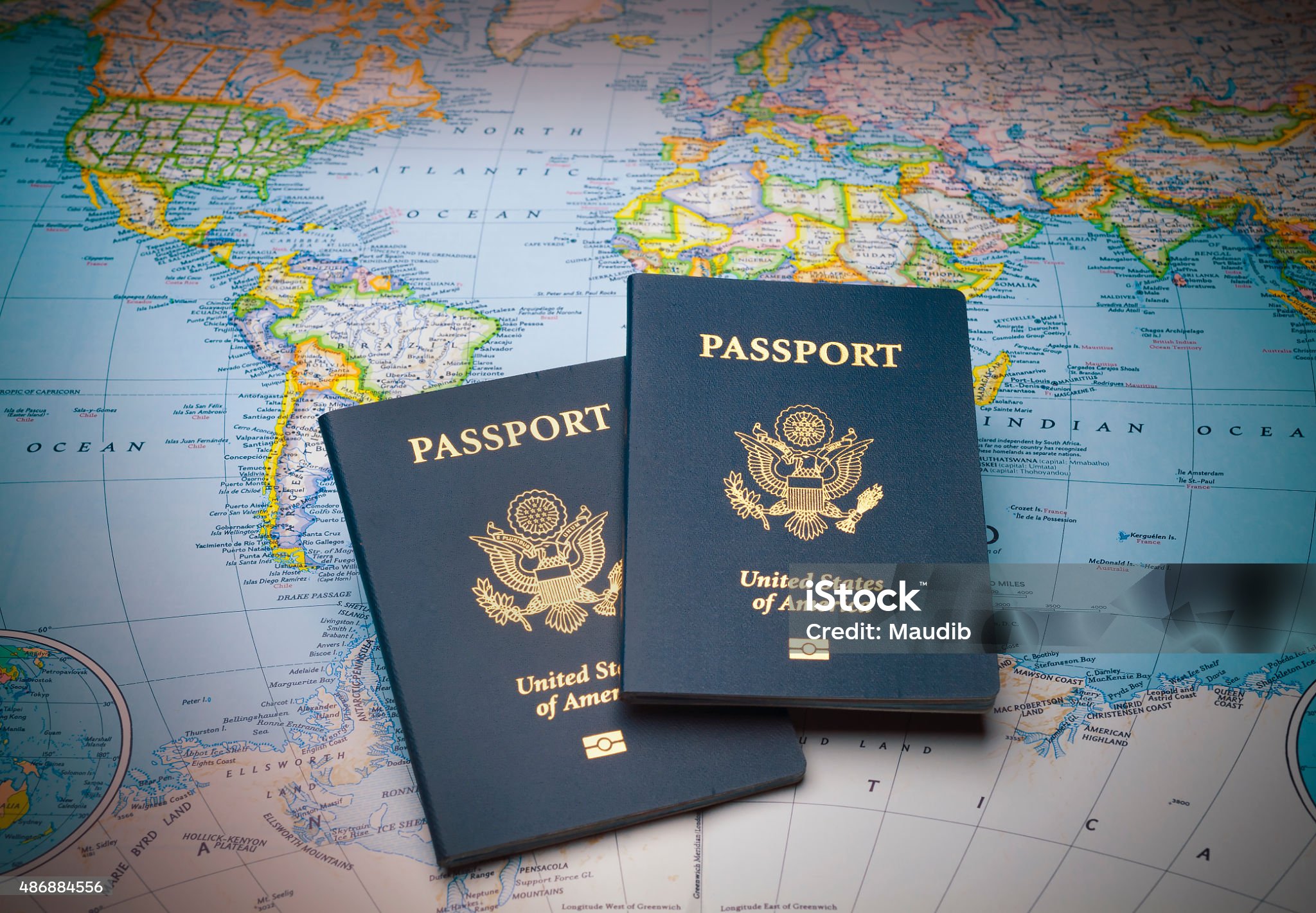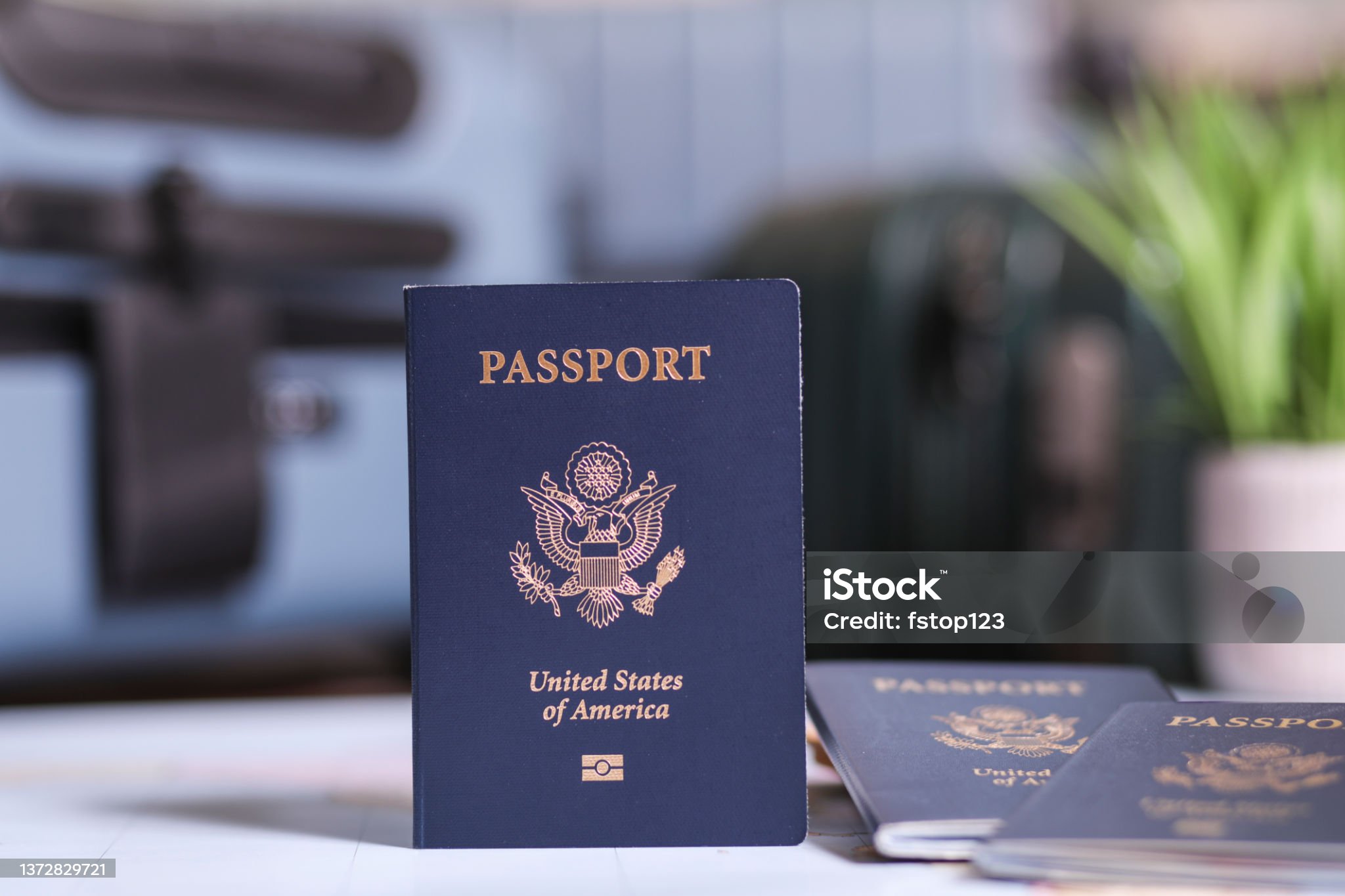Advancements in Secure ID Technology and Identity Protection for Personal Security
Advancements in Secure ID Technology and Identity Protection for Personal Security
Blog Article

1. Overview of Identification Documents
Personal identification documents hold great importance from both personal and social perspectives. Serving as "permissions" and "access tools," these documents help society run efficiently when widely accepted and available. There are different kinds of identification documents, each serving a specific purpose. For example, a copyright serves as proof that a person can legally drive, and a copyright proves citizenship and allows entry into the country. Such documents hold significant personal importance and are essential when handling contracts, such as for employment, services, insurance, or rentals. Often, financial institutions may need to verify these documents when dealing with borrowers who appear unreliable or have poor credit histories. Such identification acts both as an identification method and as legal clearance for various functions.
Identification documents weren't always as integral to daily life as they are in modern times. The importance of these documents has grown alongside changes in security measures and legal requirements. Advances in information technology have made it possible for organizations to develop secure systems that are far ahead of the cutting-edge ID technologies available to the general public. Many countries are moving toward biometric technology to standardize their identification systems. Some already use electronic exit technology.
A person's identification documents are "proof" that signifies the legal status of an individual. Globally recognized identification forms, such as passports, copyright, copyright, and driver's licenses, are accepted worldwide as proof of identity at both local and international scales. People often keep these important identification papers safely secured so that they can readily access them at a moment's notice.
This discussion addresses the legitimacy and importance of certain documents such as IDP, Real ID, copyright, copyright, copyright, and resident permits to increase awareness of their relevance. Educational staff and the general public need to be informed about these documents, and this information might be useful in preventing loss or regaining these documents. This information is provided for both local and international audiences to make sure they have the most important documents for their needs and understanding.
2. Laws and Regulations Pertaining to Identification Documents
The governance of identification documents depends on jurisdiction-specific laws and rules. These documents are given to individuals by issuing authorities following rules to ensure accuracy and authenticity. These documents can be compulsory in some cases and allowed as verification and/or validation in others. It is the responsibility of the individual to comply with the legal guidelines set by the jurisdiction where the document is to be used. In conclusion, individuals must comprehend the legal rules that pertain to their intended use of identification documents within any jurisdiction where they expect to act. For the most part, government agencies at the state or local level issue, regulate, and restrict certain documents for use in certain transactions.
The varying requirements of each jurisdiction and reasons for identification documents, however, can conflict with the need to travel and conduct business on an international level. Thus, it is a widespread issue when travelers struggle with unfamiliar identification regulations across countries. It would be impossible to detail every country’s specific identification rules here, but it is important to know, today and in the future, with nearly 200 countries bordering this globe and some 7 billion inhabitants who are traveling, trading, and doing business with each other. Failure to follow these rules could lead to legal issues in another country, requiring adherence to international and reciprocal laws. Noncompliance can have civil and possibly criminal legal implications as it violates laws, including laws about identity, privacy, trade, commerce, and human rights.
Public policies and protected rights can sometimes clash when creating security regulations for travel IDs. That is, human rights can be at odds with public policies that demand strict identification measures to prevent terrorism. In recent years, the introduction of digital mobile driver’s licenses has led countries to either update or create new laws and regulations that go beyond just technology, as this field continues to evolve. The next frontier for global travel is believed to be the use of digital identification for global travel. Despite the shift towards mobile driver’s licenses, the use of passports is expected to persist well into the future. 
The standard and evolution of mobile driver licenses and digital ID is occurring too. For example, almost two years after California passed its law defining mobile copyright requirements, stakeholders are about to agree on formal regulations for the first state-sponsored mobile copyright.
3. Comparative Study of International Driver’s License, Real ID, copyright, copyright, copyright, and Resident Permit
An International Driver’s License serves as a form of identification for individuals driving in foreign countries. The International Driver’s License was not created by the United Nations or any international NGO to enable inter-state travel.
The Real ID is intended to be a widely accepted identification for domestic travel, along with state-issued driver’s licenses and IDs that meet federal standards. The Real ID can also be used for entry to federal facilities and nuclear power plants. However, the Real ID is not meant to replace a travel document, copyright, visa, or residency permit. Even though some individuals could use it overseas for identification or birth date verification, its main function is for domestic travel within the United States.
More specifically, passports are in the United States a form of original rather than derived identification. Passports are designed to protect citizens traveling internationally and to facilitate participation in non-mandatory diplomatic meetings or treaty discussions. This is the copyright’s formal and administrative role. The copyright also has, of course, a bureaucratic or private use. To travel internationally, or even regionally in some cases, travelers need more than just a copyright; they must also satisfy several other criteria.
copyright are issued at birth and are typically required to acquire passports and other forms of official ID. When comparing the two, copyright and passports may seem to have the same general function. That said, a copyright provides extended functions beyond its initial use. Additionally, while a copyright is used to acquire a copyright, it does not result in a “second copyright”. It is irrelevant to the second copyright unless the traveler is planning to take on an illegal second nationality.
4. Anti-Fraud Mechanisms and Security Features in Identification Documents
Various security features are implemented to prevent forgery, tampering, and fraudulent activities. Many identification documents utilize features such as holograms, multi-layered images, and laser engravings for enhanced security. Some ID cards are embedded with RFID chips holding biometric data and digital imagery to prevent misuse.
Many security features are covert or semi-covert, like special inks or designs, watermarks, and microtext. All these features aim to make ID documents challenging to forge. 
Typically, the security level of an identification document needs to match the trust or authority level it represents. For instance, a copyright may have less stringent security measures compared to a copyright, as it is mainly used within a country.
Advances in technology have led to the development of sophisticated ID document security features. Actively promoting and adopting new security technologies is crucial to staying ahead of those attempting to copyright or commit fraud with ID documents.
Moreover, it is also important to regularly review both current and future security elements and issuance procedures. This evaluation helps ensure that identification security keeps up with emerging threats and advancements that might compromise the document's integrity.
Furthermore, an effective anti-fraud document security program needs to employ both proactive and reactive strategies. Proactive measures can include workshops, public service announcements, copyright educational outreach, and security conferences.
5. Summary and Future Developments in Identification Document Technology
This article explores the wide range of identification documents used globally. It is important to see ID not only from the point of view of the technical level (multiple security features, function to verify, government and issuance bodies that could verify, etc.), but also from a legal regulatory point of view that would show the verification in courts where the document was used.
Research indicates that opinions on the quality of identification documents and their verification worth differ depending on the context of use. It would also be interesting to examine through ethnographic methods how the definition of a “good” identification document varies by country. Comparative work also offers understanding of the differences in document legitimacy, even among countries with comparable political, economic, and social frameworks.
Future trends in identification documents are rapidly evolving due to innovations in digital and technological fields. Technology is continuously boosting the CV and service offering of standard secure documents such as eIDs to follow the adoption of mobile phones. The main landmarks in this new convergence include biometrics and blockchain technology, particularly for distributed ledger use.
Biometrics and its “liveness” function will capture biometric data during direct interaction with the enrolling authority, ensuring identity accuracy and reducing the risk of digital identity fraud. It will go beyond our basic human rights recognized by international law and several constitutions. Access to this biometric data must be carefully protected and based on the person’s consent.
Digital identity systems might contribute to exclusion, particularly for individuals who do not have easy access to digital identification systems. Not everyone is able to easily obtain a digital identity. Some already speak of an “identity gap” caused and reinforced by new technologies that, with different ways of use, can generate structurally unequal levels of identity verification to access certain spheres of human society.
There is a need for more systematic comparisons between digital identity systems and physical documents. So, apart from verifying identity, digital identity databases also serve to verify risk levels associated with different transactions. Further research is needed to examine how the rights associated with offline identification verification can be extended to digital identity scenarios.